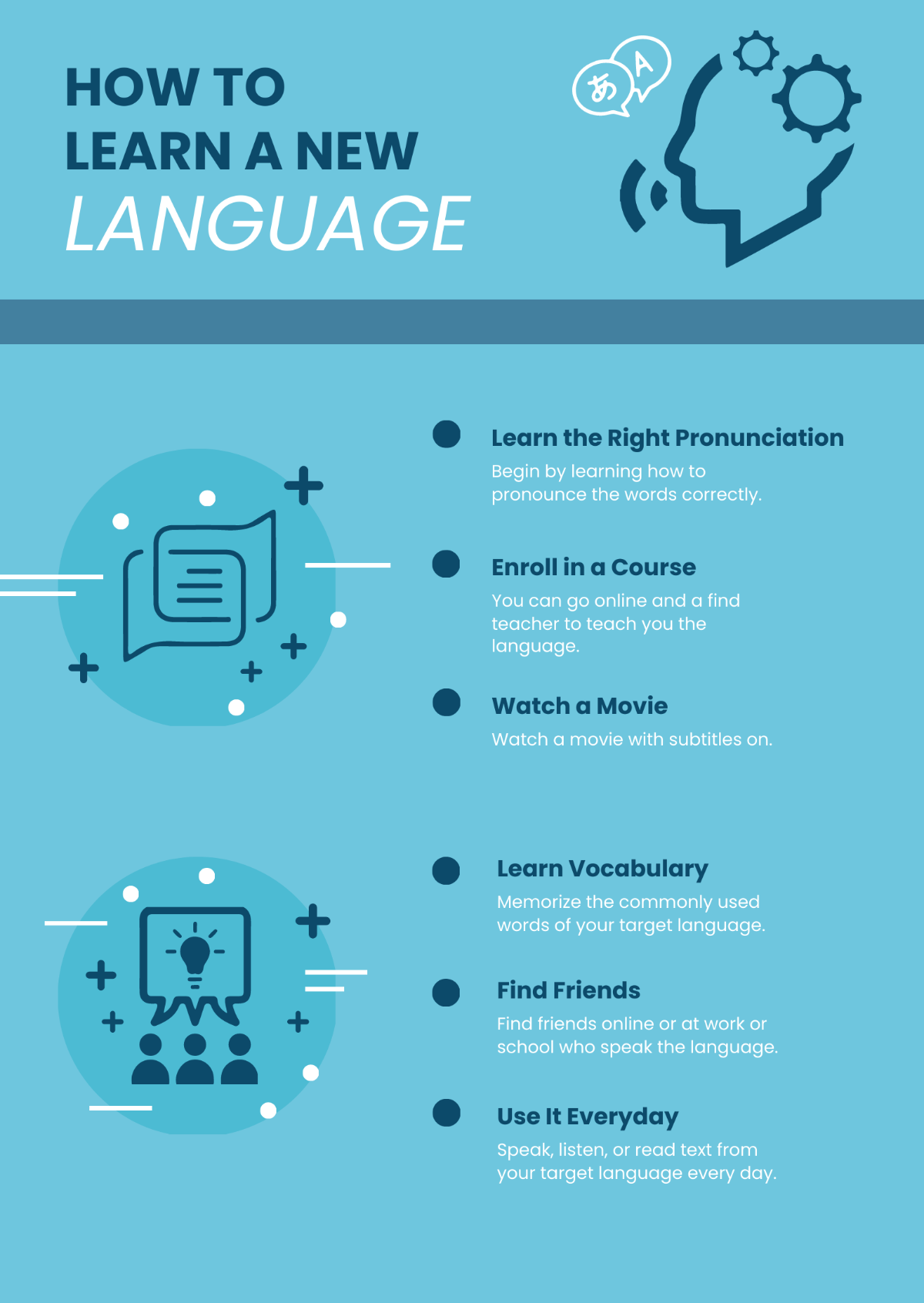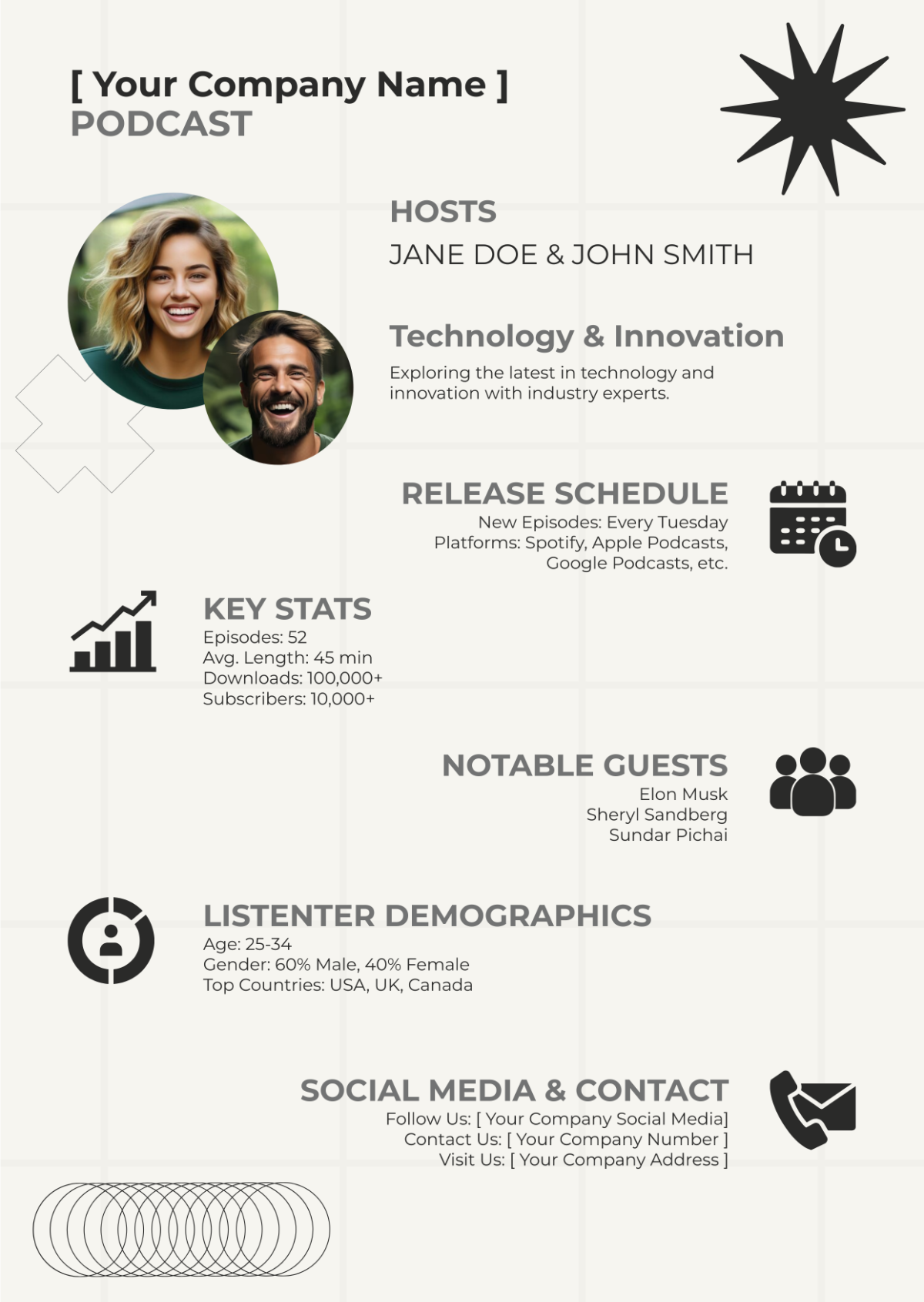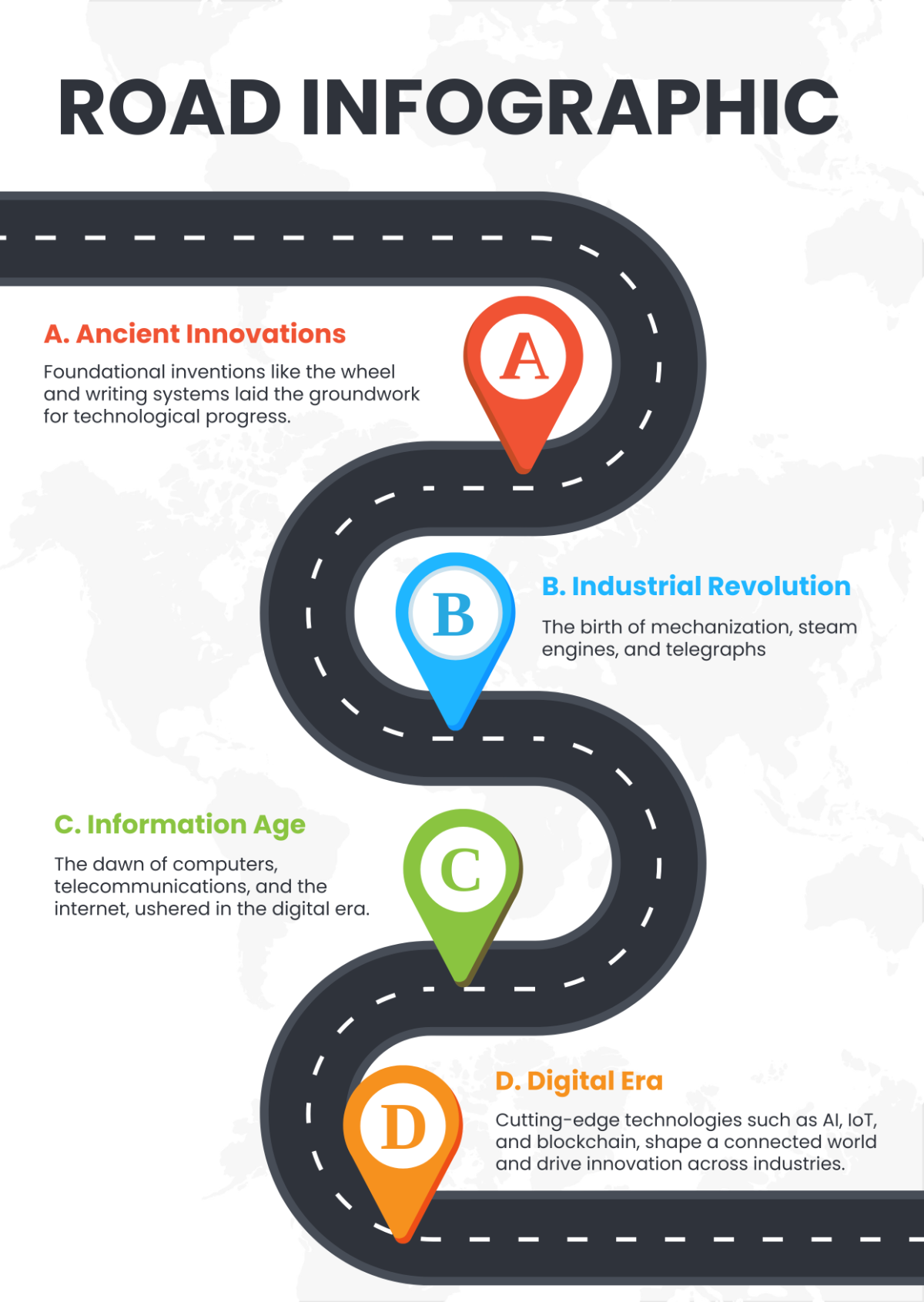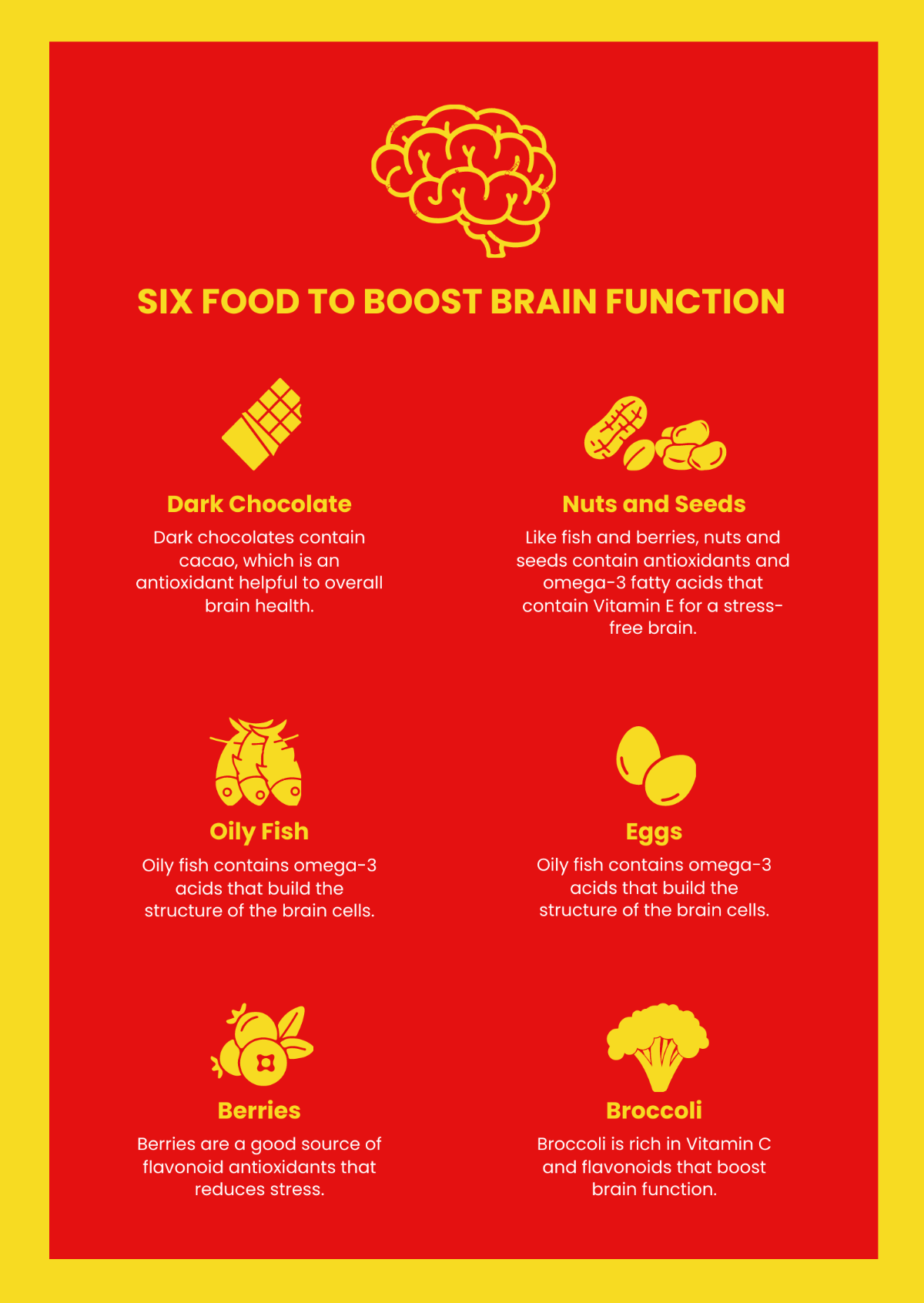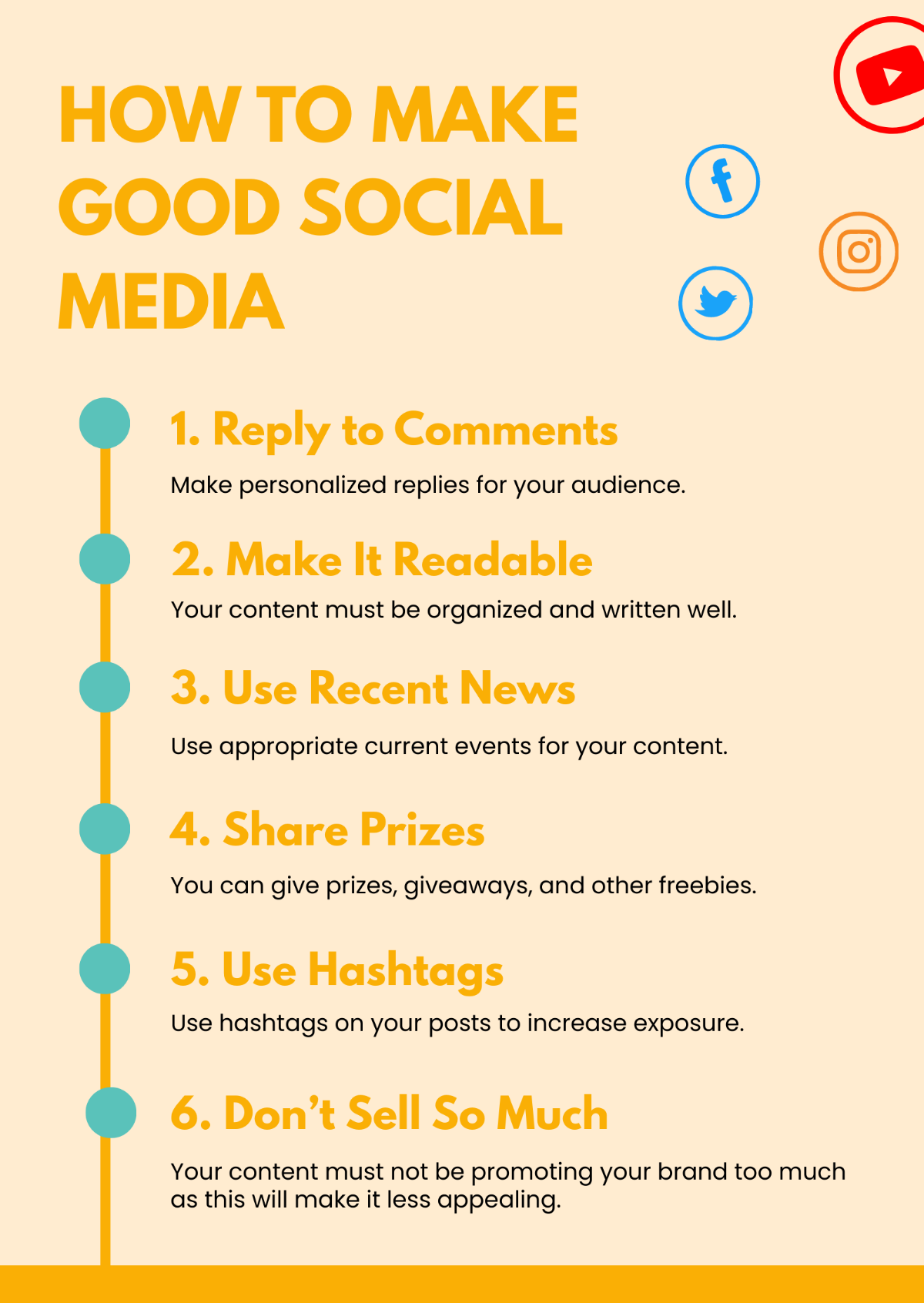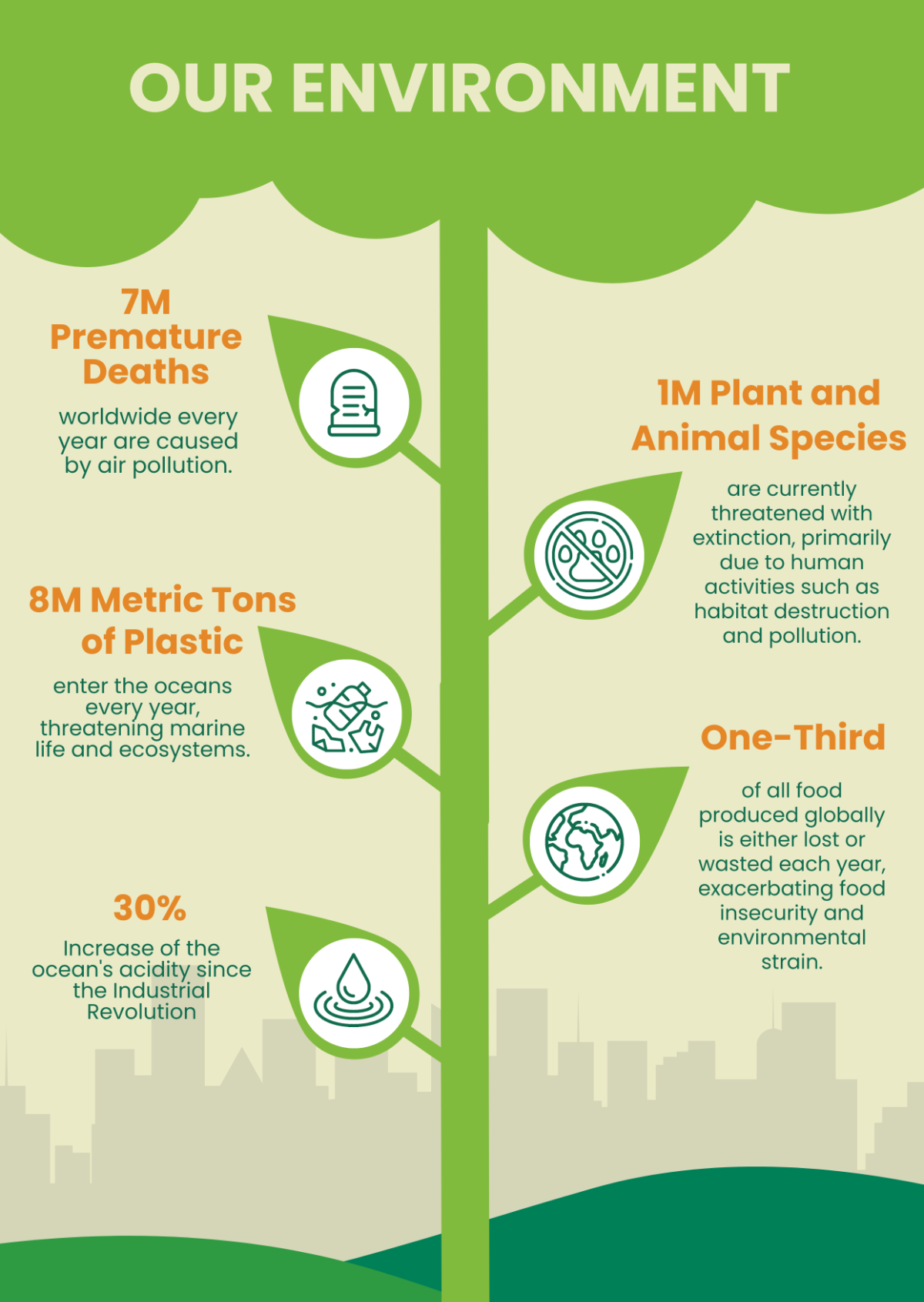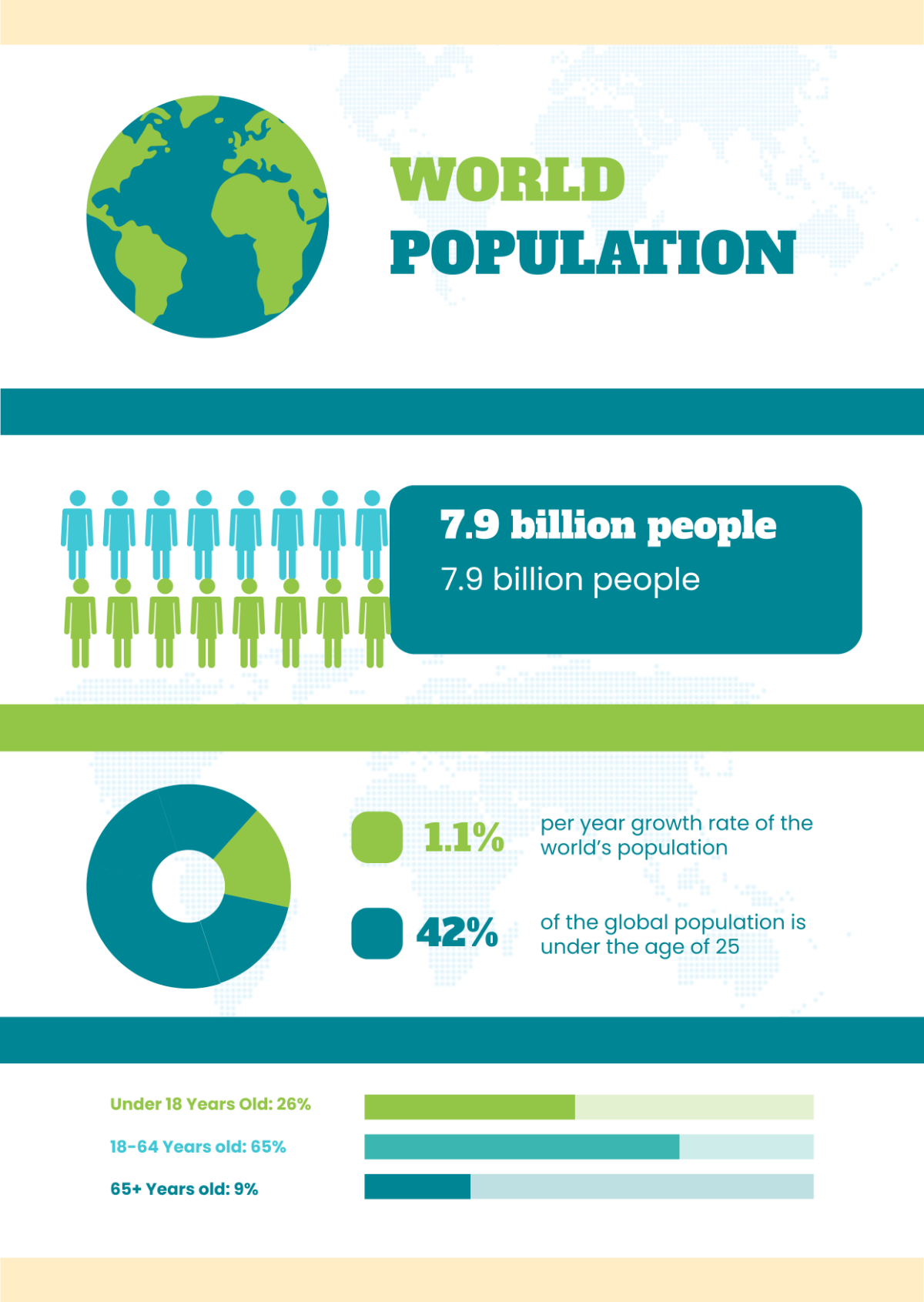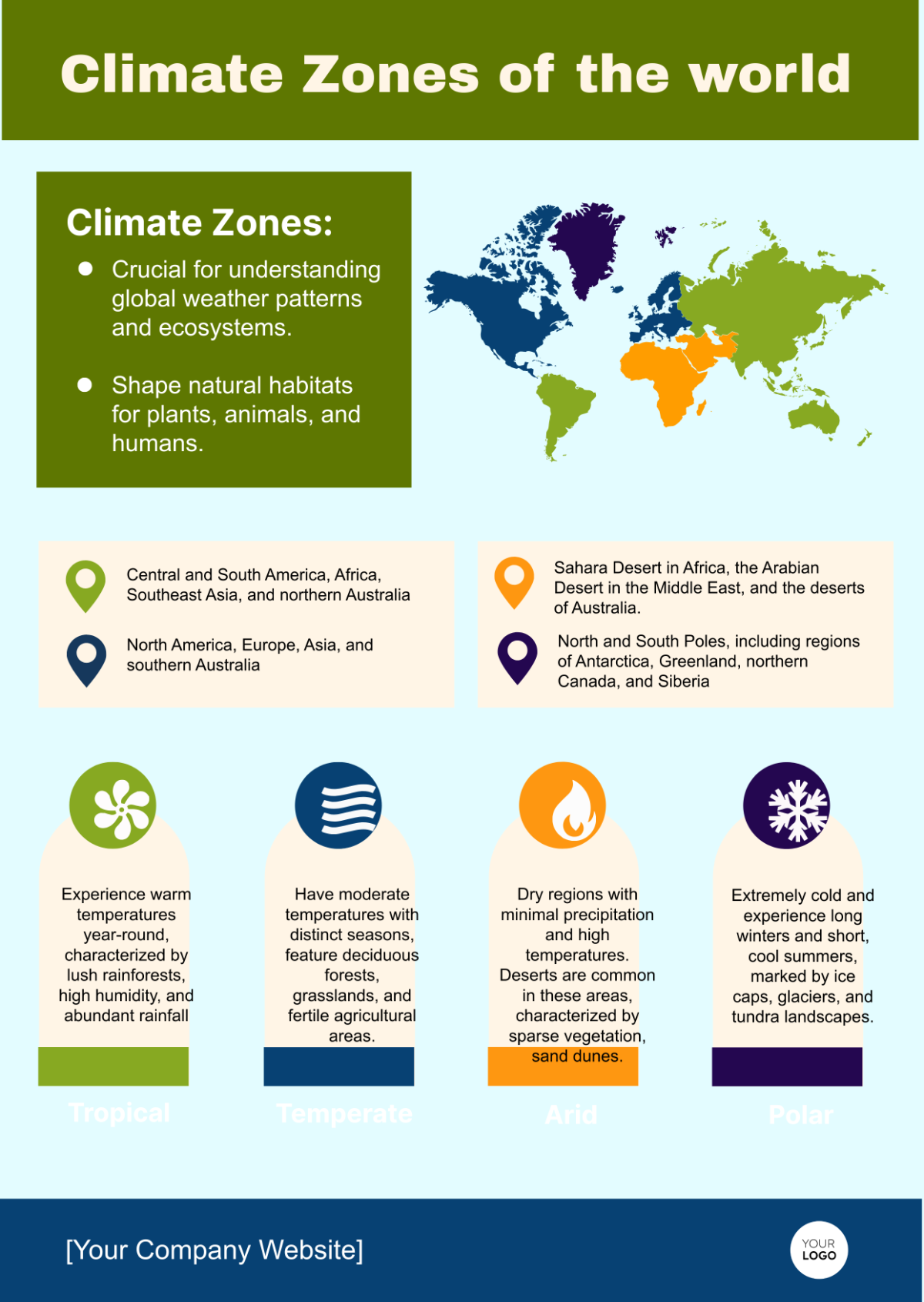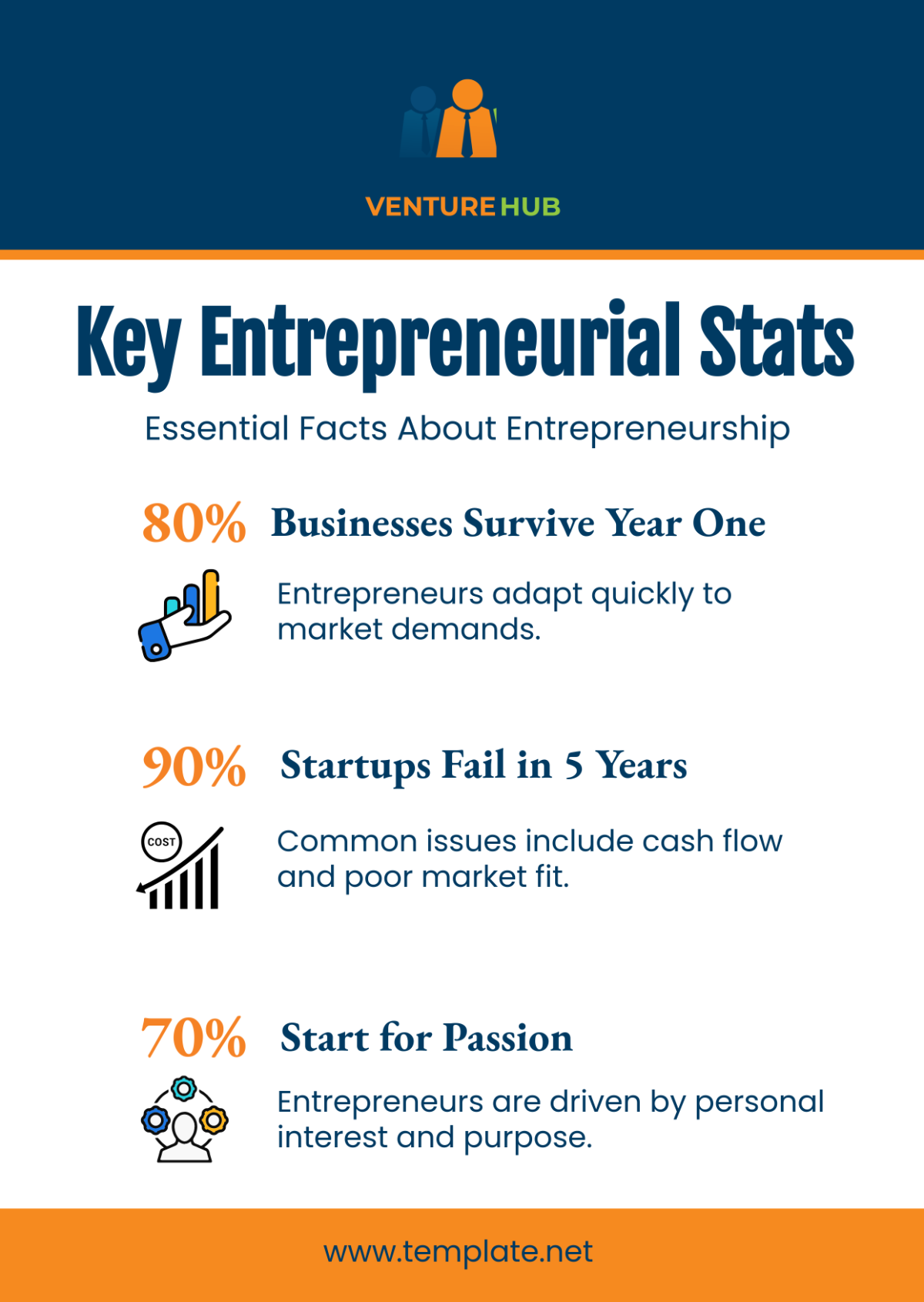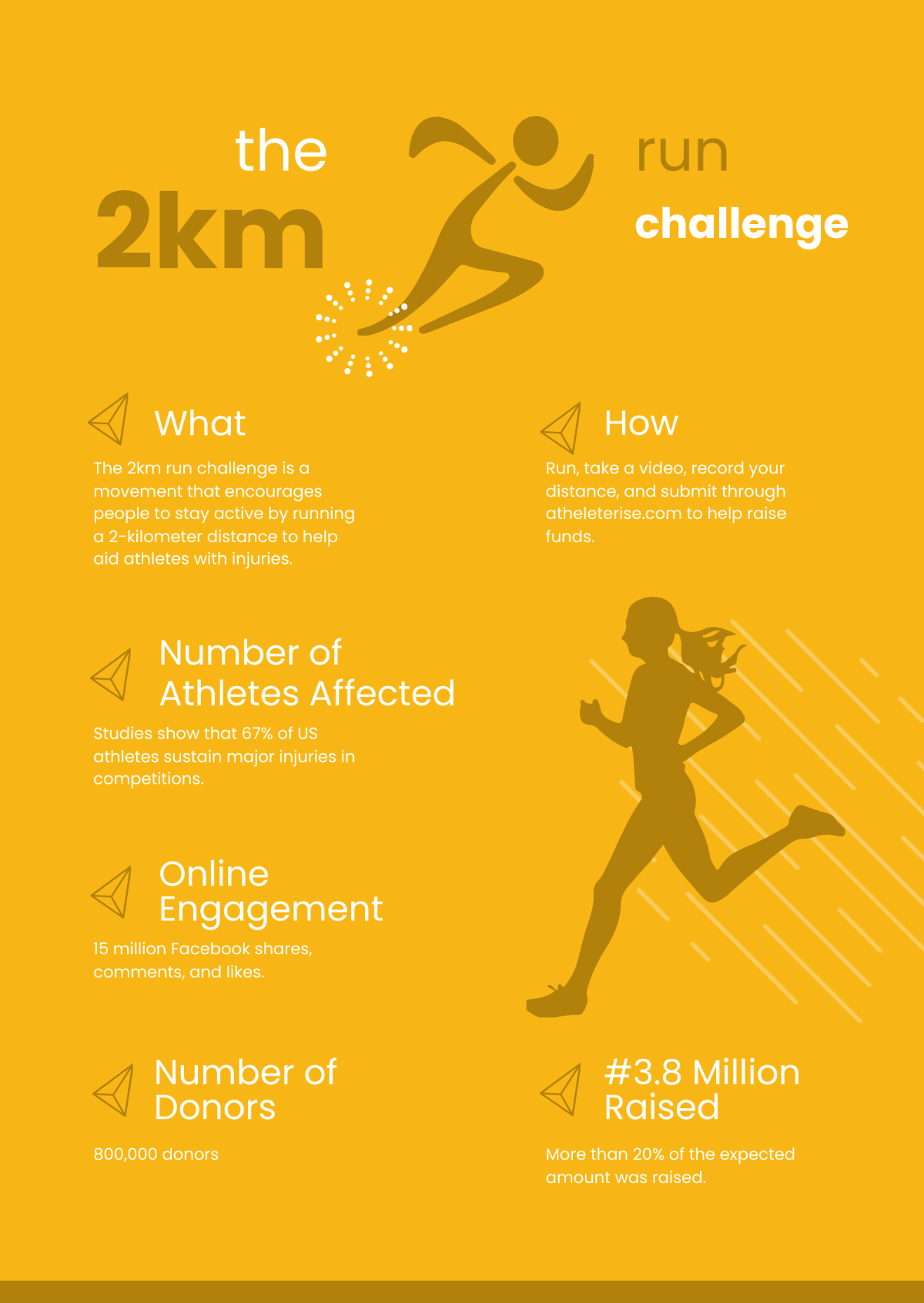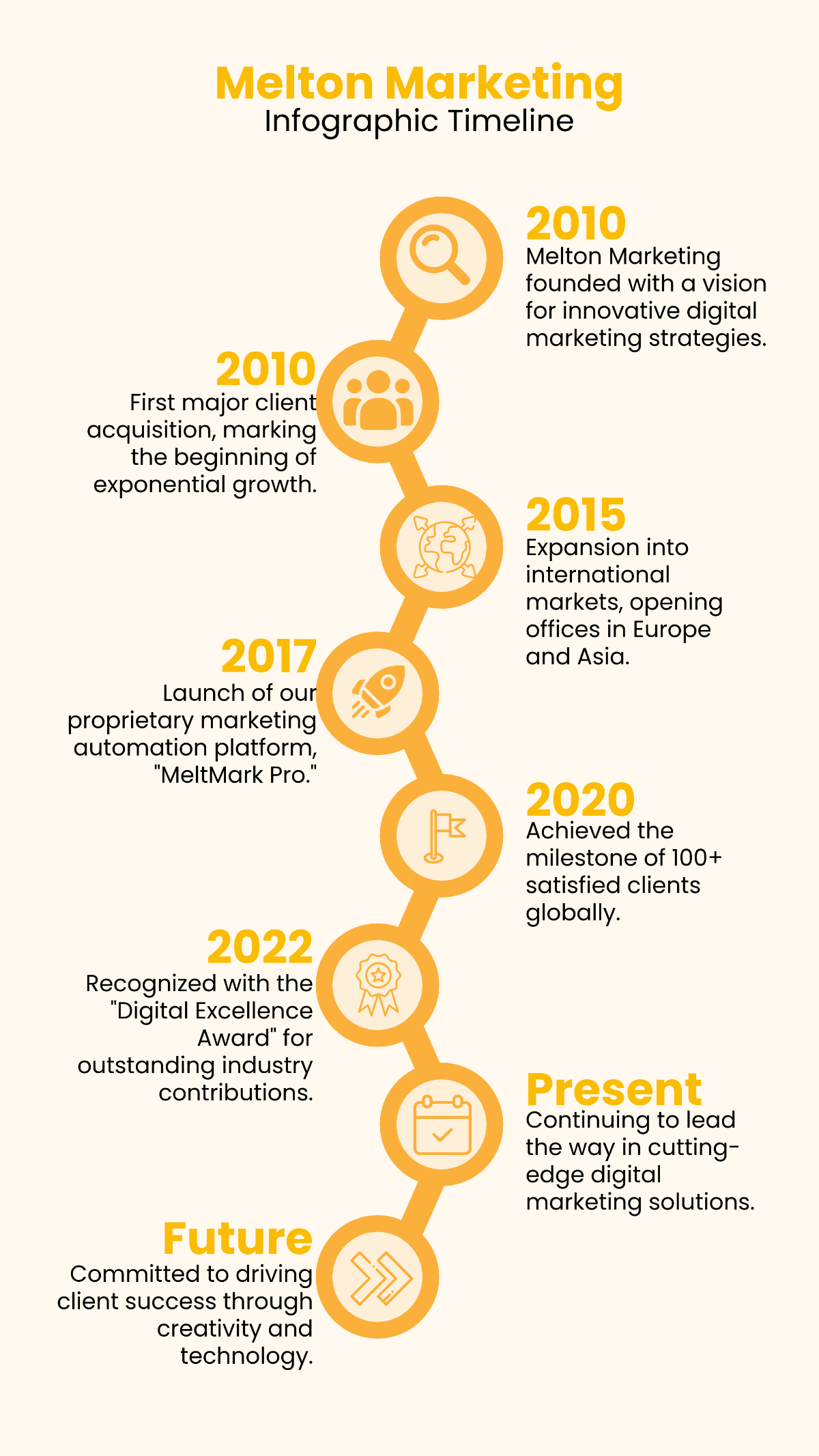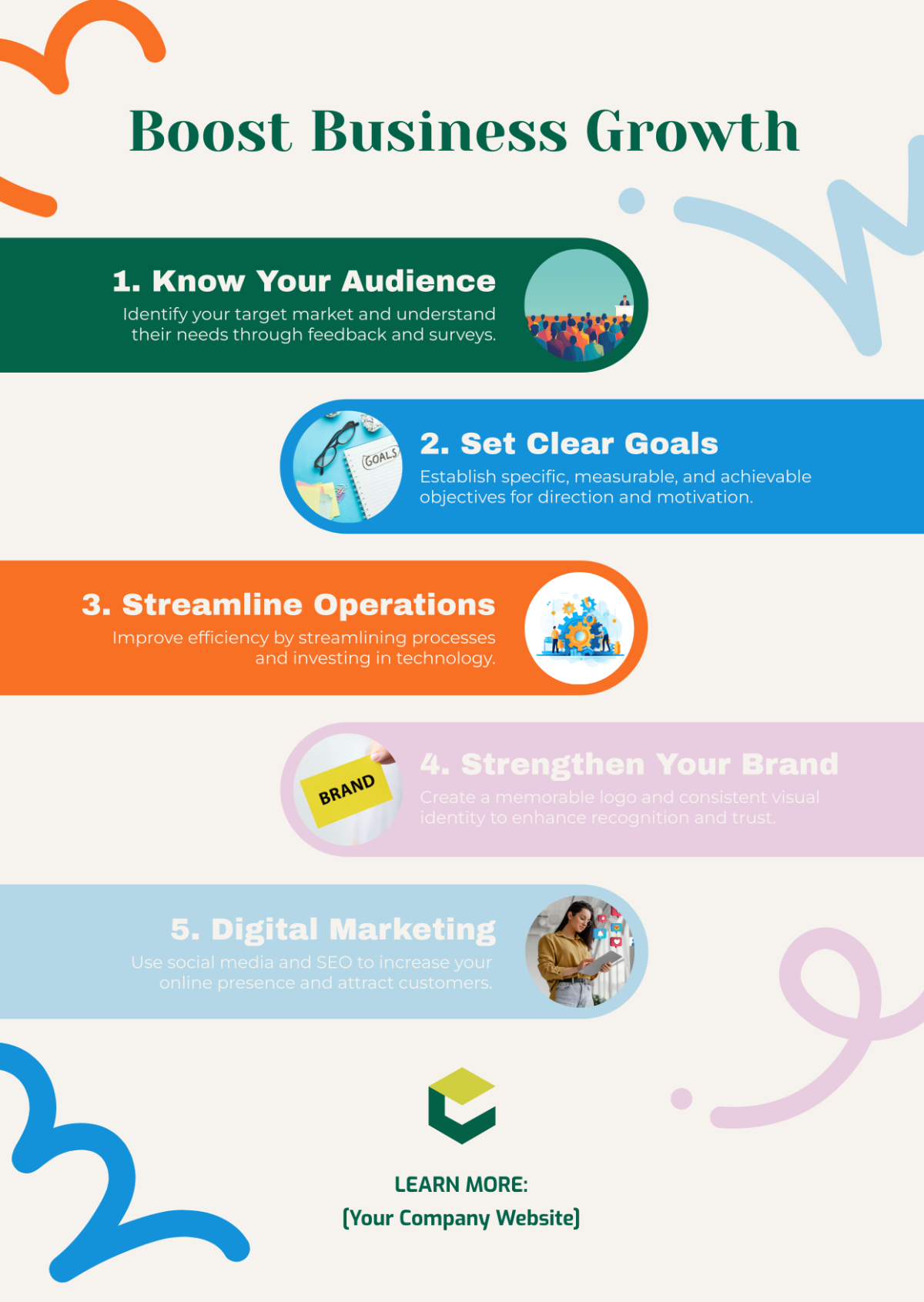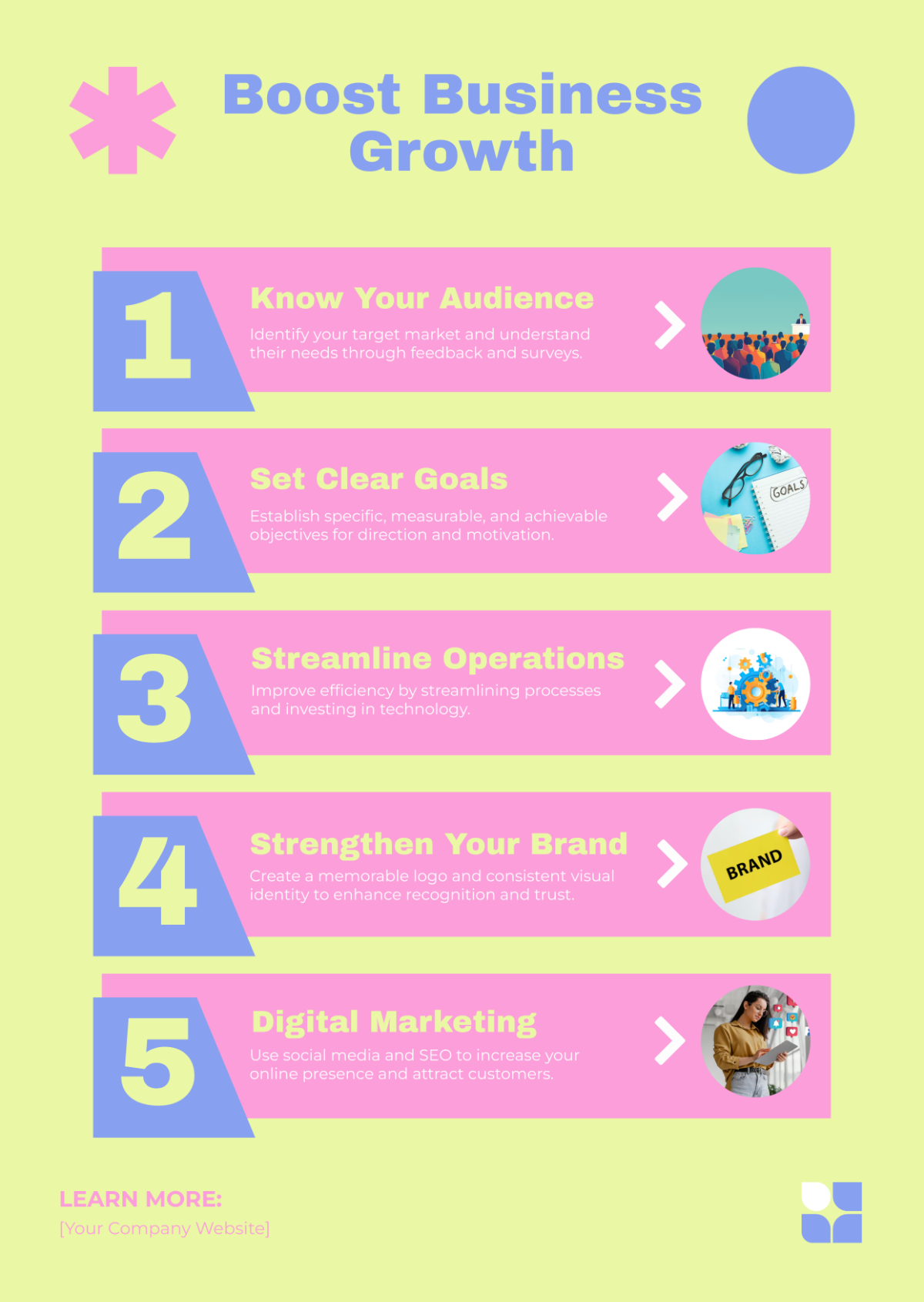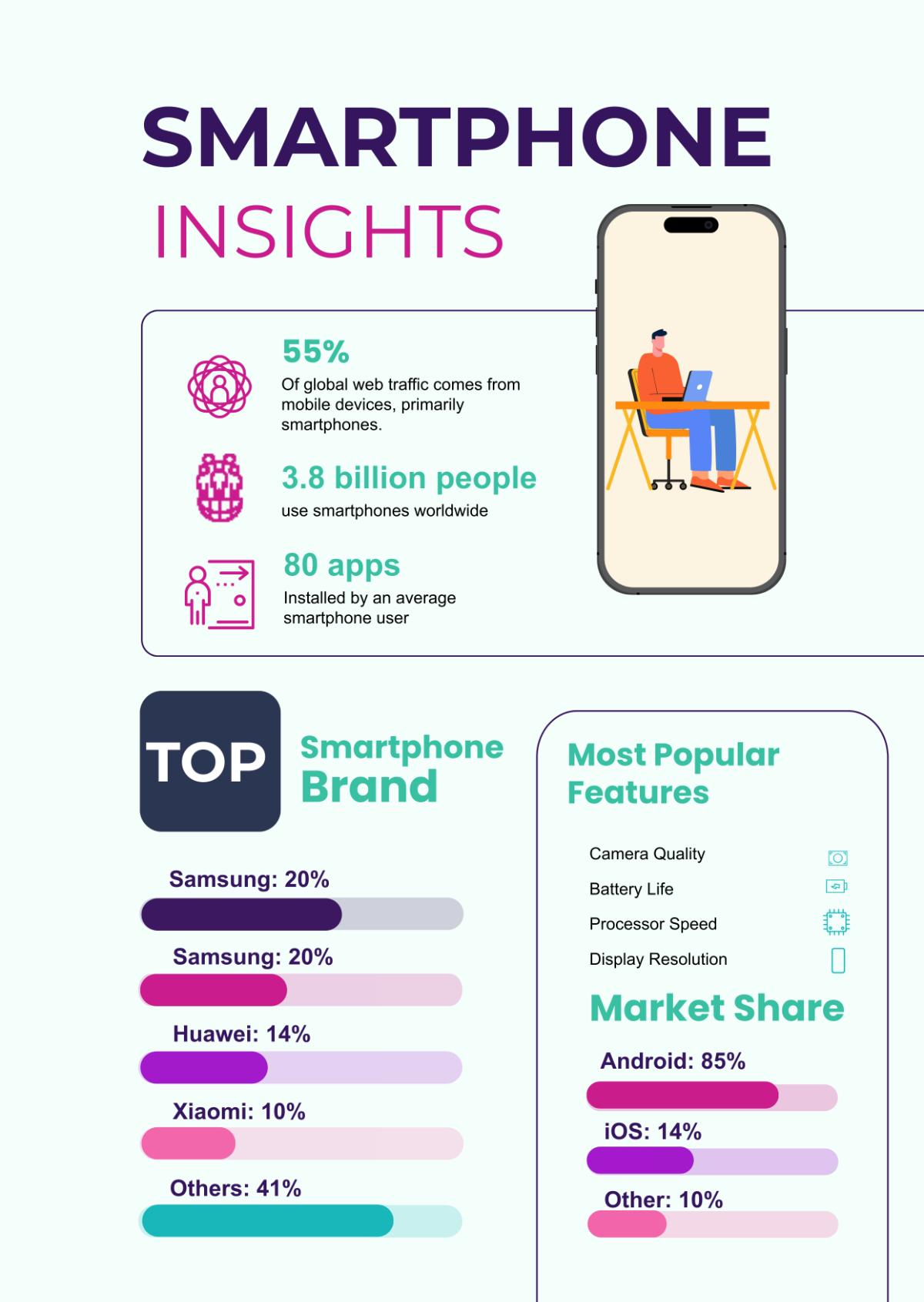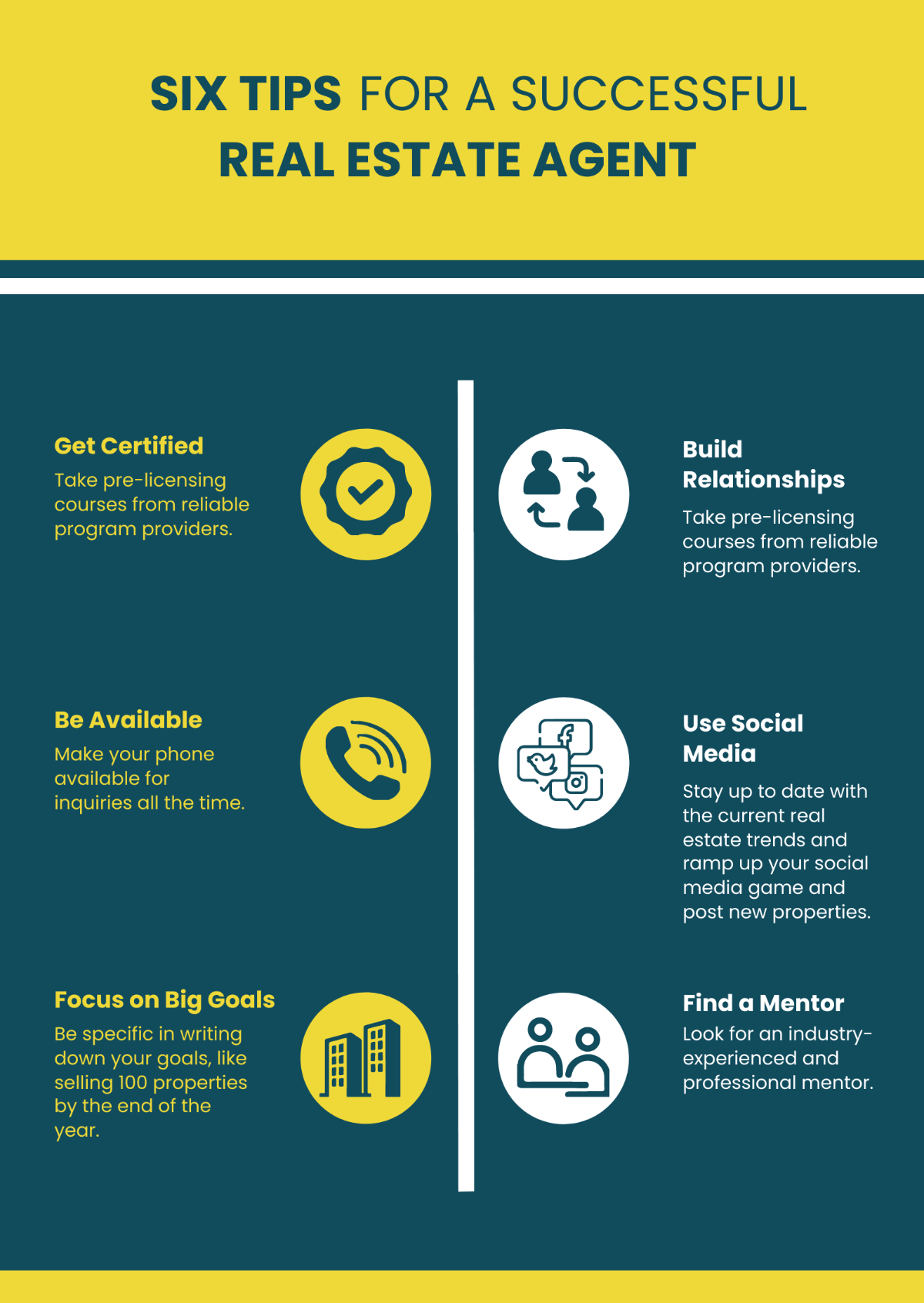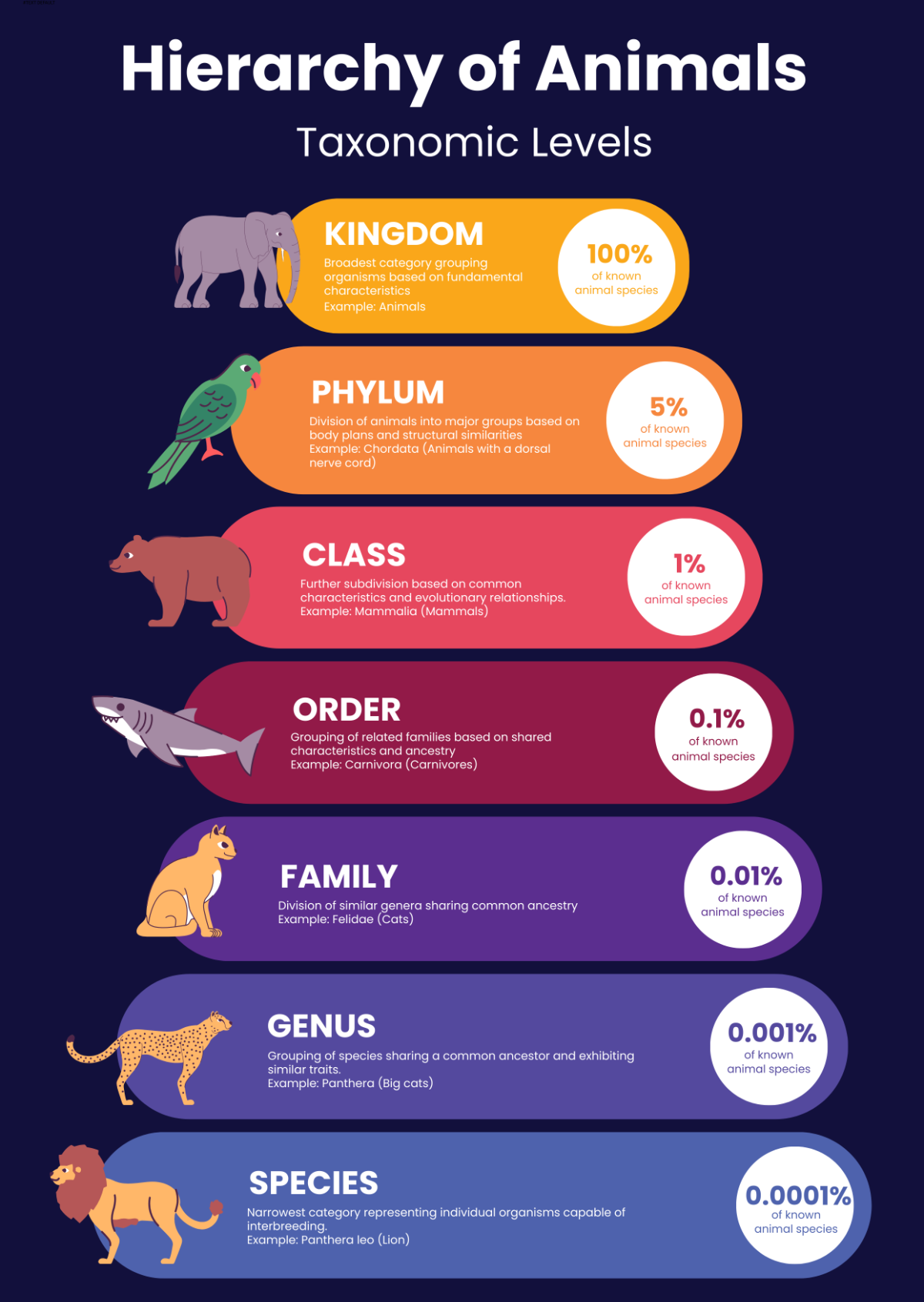Infographic Rhetorical Strategies
Prepared by: [YOUR NAME]
Date: [DATE]
Introduction
Infographic Rhetorical Strategies is a visual tool that illustrates how various rhetorical strategies can be employed in communication. It visually represents different methods of persuasion, argumentation, and effective messaging to help audiences understand and apply these techniques in their writing or presentations.
1. Types of Rhetorical Strategies
1.1 Ethos
Ethos refers to the credibility or ethical appeal used to convince an audience. It involves establishing authority, trust, and reliability.
Examples: Expert testimonials, endorsements, author qualifications, and professional tone.
Found in: Academic papers, professional presentations, and marketing material featuring expert opinions.
1.2 Pathos
Pathos appeals to the audience’s emotions. It aims to evoke feelings that will lead to a desired action or an agreeable response.
Examples: Emotional stories, vivid descriptions, strong imagery, and passionate language.
Found in: Fundraising campaigns, advertisements, speeches, and literature.
1.3 Logos
Logos is the appeal to logic and reason, often involving data, statistics, and rational arguments.
Examples: Facts, logical arguments, statistical evidence, and clear rationale.
Found in: Research papers, business reports, logical debates, and instructional guides.
2. Methods of Persuasion
2.1 Repetition
Repetition involves repeating a word, phrase, or idea to reinforce a message and make it more memorable.
Examples: Slogans, catchphrases, and reoccurring themes.
Found in: Advertising, speeches, and political campaigns.
2.2 Storytelling
Storytelling uses narrative to engage an audience, making information more relatable and compelling.
Examples: Personal anecdotes, case studies, fictional scenarios.
Found in: Presentations, motivational speeches, marketing narratives.
2.3 Rhetorical Questions
Rhetorical questions are asked to make a point rather than to obtain an answer, encouraging the audience to think actively about the topic.
Examples: "Isn't it obvious?", "What would you do?", "How can we ignore this?"
Found in: Speeches, articles, and persuasive essays.
3. Effective Messaging Techniques
3.1 Clarity
Clarity involves the use of straightforward, clear language to ensure the message is easily understood.
Examples: Simple vocabulary, direct statements, avoiding jargon.
Found in: Instruction manuals, user guides, and educational materials.
3.2 Brevity
Brevity is the art of expressing ideas concisely, without unnecessary words or complexity.
Examples: Summarized points, bullet lists, concise sentences.
Found in: Executive summaries, tweets, and headlines.
3.3 Consistency
Consistency ensures that messages are uniform and coherent, contributing to a clear and reliable presentation.
Examples: Repeated themes, consistent terminology, harmonized visuals.
Found in: Branding, academic writing, and corporate communication.
4. Visual Representation in Infographics
4.1 Use of Icons and Symbols
Icons and symbols can simplify complex information, making it easier to understand and more engaging for the audience.
Purpose | Example Uses |
|---|---|
Summarizing information | Graphs, charts, pie charts |
Representing concepts | Mental health, financial stability, growth |
4.2 Color Coding
Color coding uses different colors to differentiate information, highlight key points, and convey meaning quickly.
Color | Meaning | Application |
|---|---|---|
Red | Urgency, Importance | Alerts, warnings, key points |
Green | Growth, Safety | Positive performance, recommendations |
Blue | Trust, Professionalism | Corporate documents, professional reports |
4.3 Layout and Structure
A clear and organized layout ensures that information is presented logically and is easy to follow.
Use headings and subheadings to break down contents.
Arrange information in a logical sequence.
Use whitespace to avoid clutter.
5. Application of Rhetorical Strategies in Writing and Presentations
5.1 Academic Writing
Rhetorical strategies enhance the persuasiveness and clarity of academic writing.
Establish credibility through well-cited sources (Ethos).
Use logical arguments and evidence (Logos).
Engage readers with illustrative examples (Pathos).
5.2 Business Presentations
Effective business presentations rely on rhetorical strategies to communicate ideas clearly and persuasively.
Build trust with a professional demeanor (Ethos).
Use data and logical reasoning to support proposals (Logos).
Incorporate stories or case studies to connect with the audience (Pathos).
5.3 Marketing Content
Marketing content aims to persuade potential customers using a blend of rhetorical strategies.
Leverage testimonials and endorsements (Ethos).
Appeal to consumer emotions and desires (Pathos).
Provide factual information about product benefits (Logos).
6. Conclusion
In conclusion, understanding and applying rhetorical strategies are essential for effective communication in various contexts. Infographic Rhetorical Strategies serve as a valuable visual tool to illustrate these techniques, aiding in their application in writing, presentations, and beyond.

